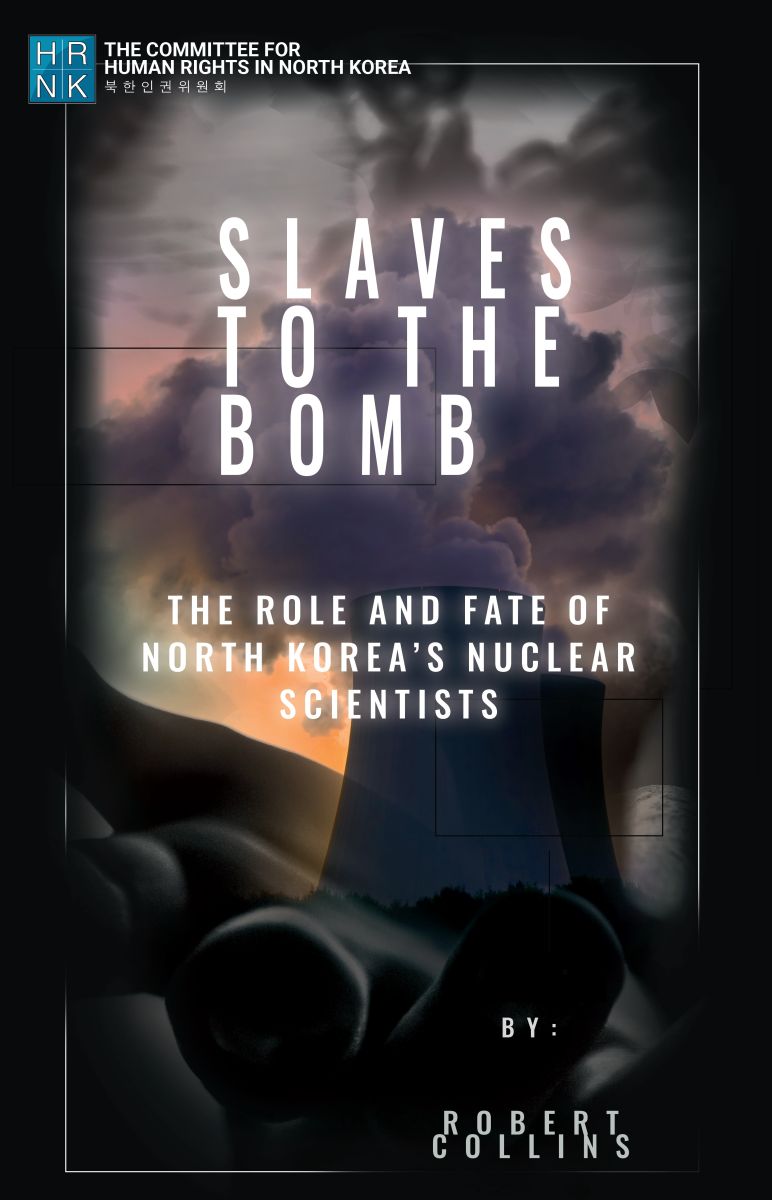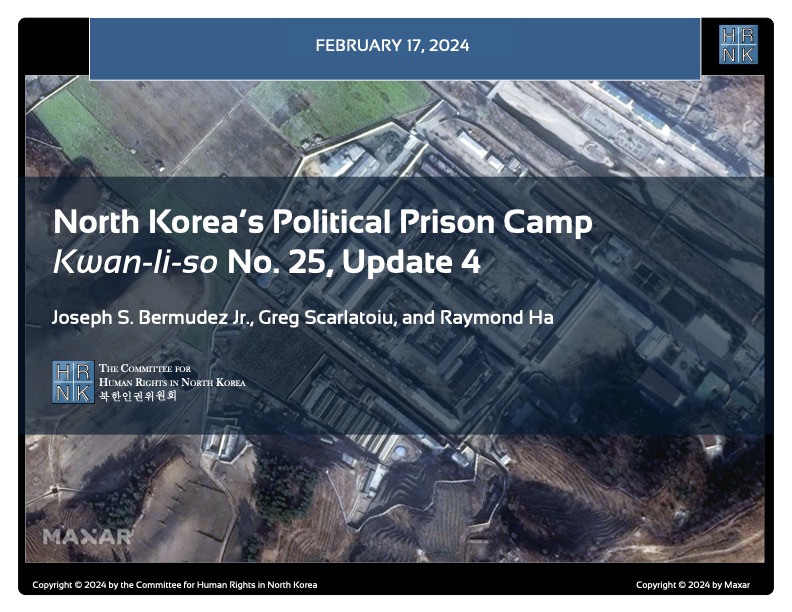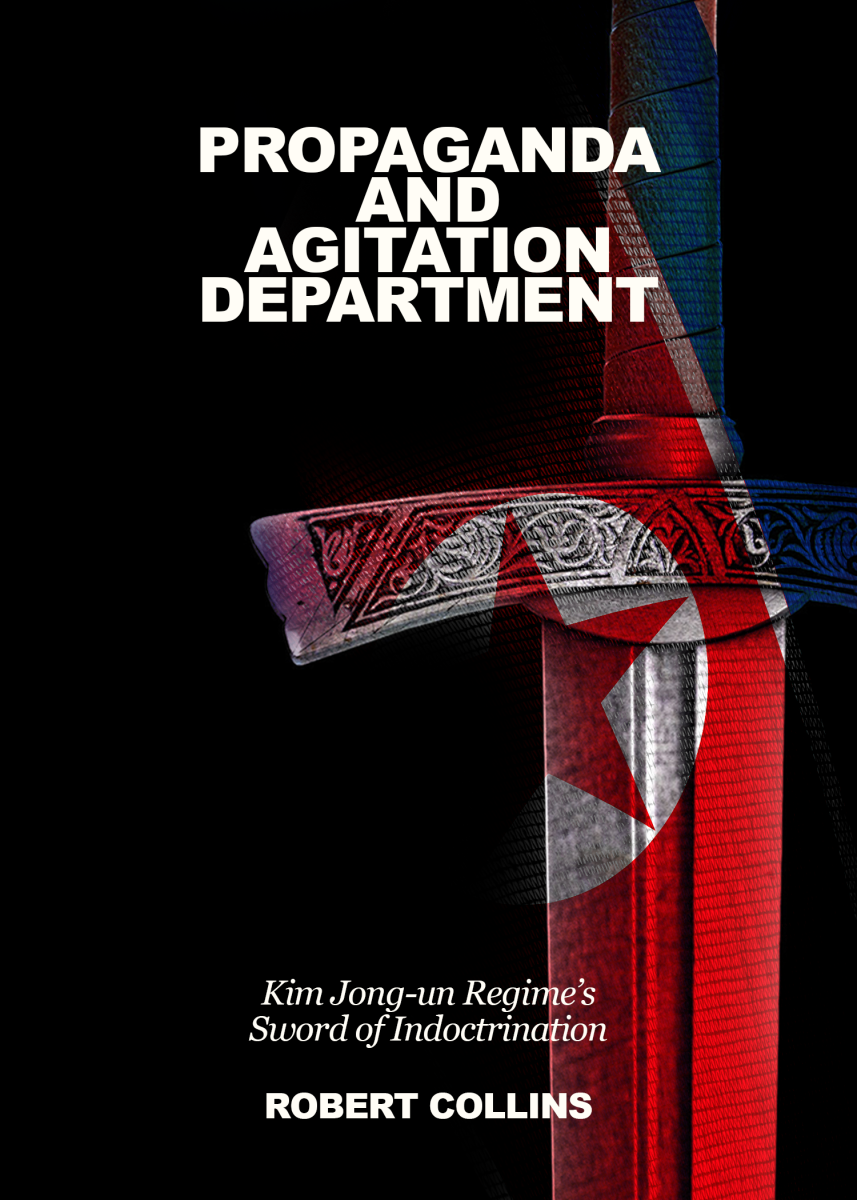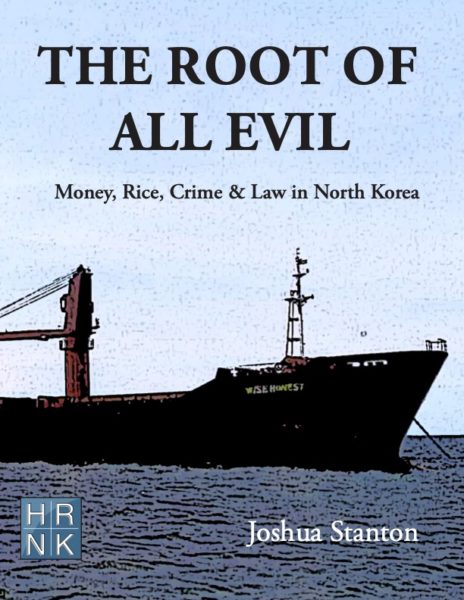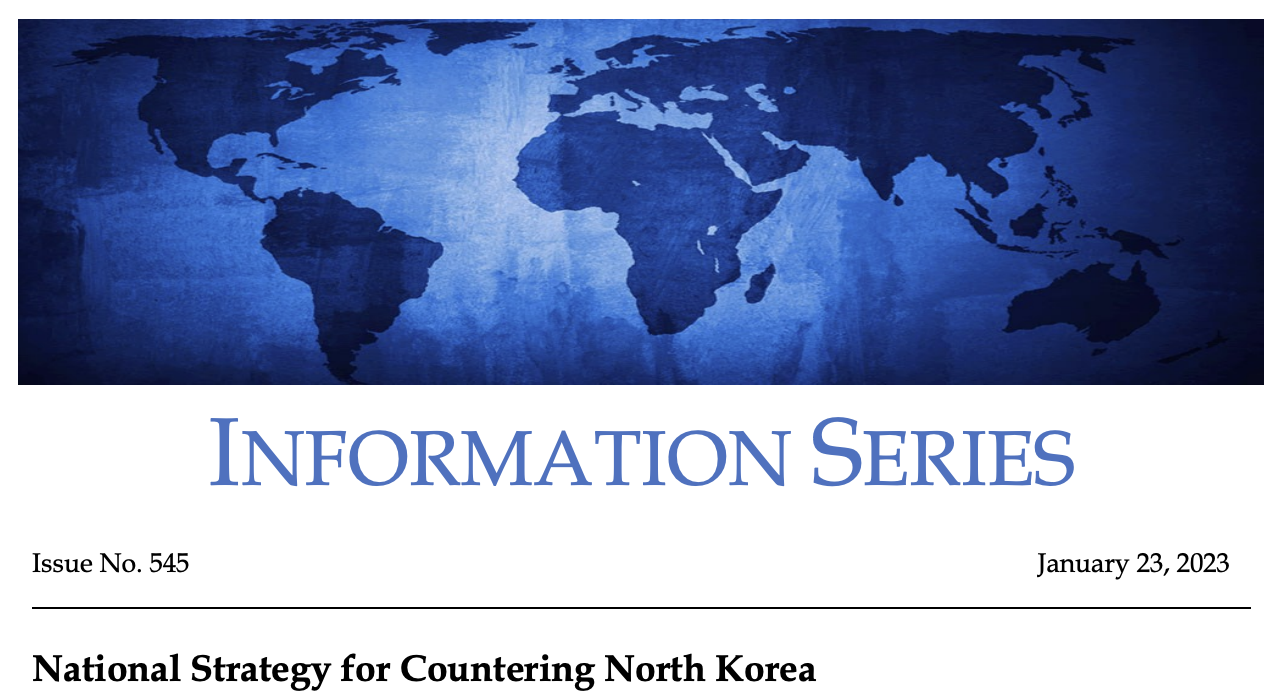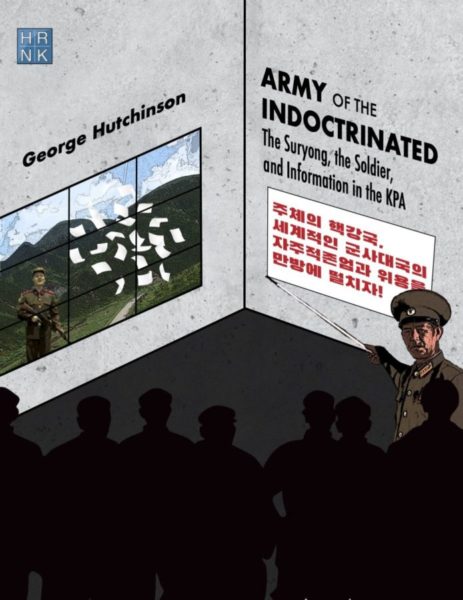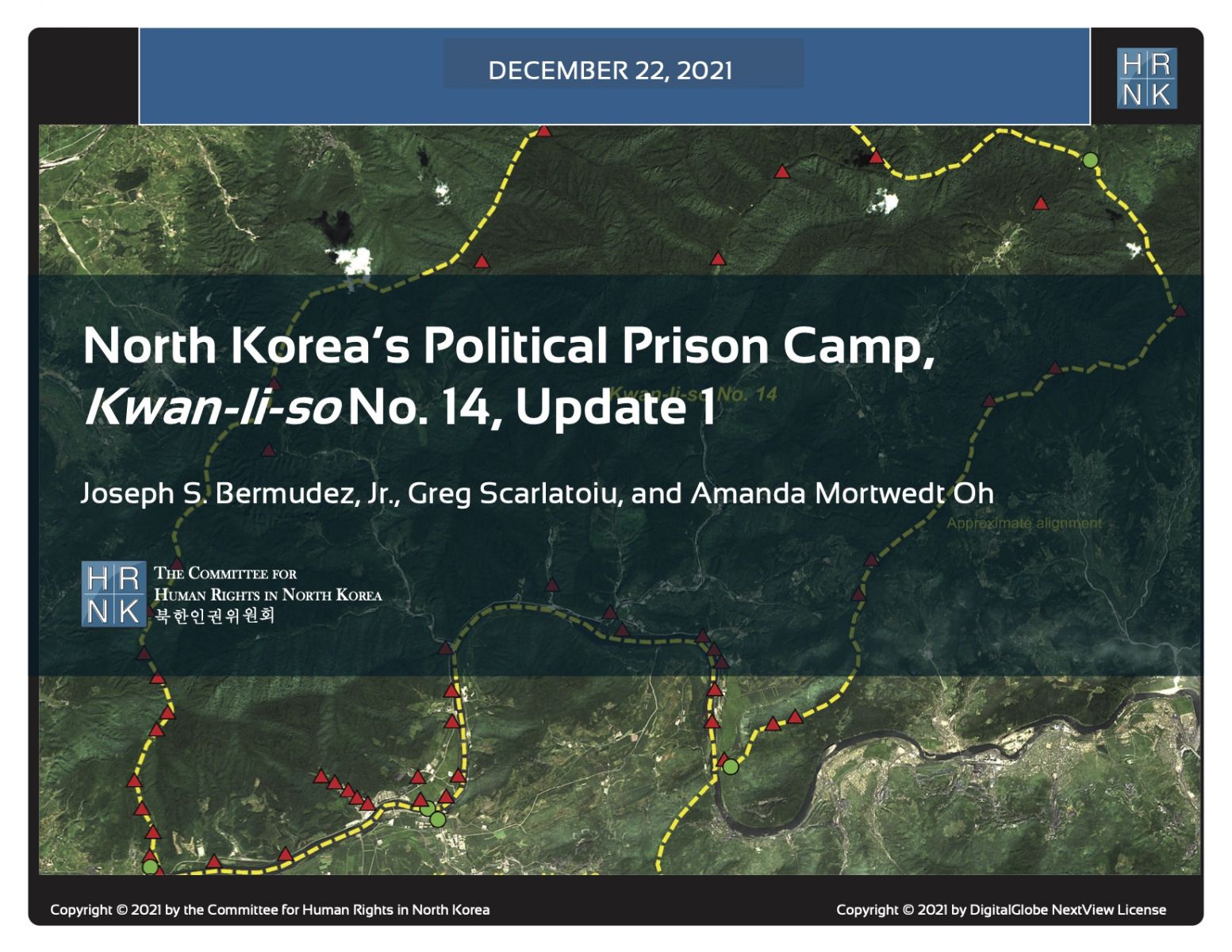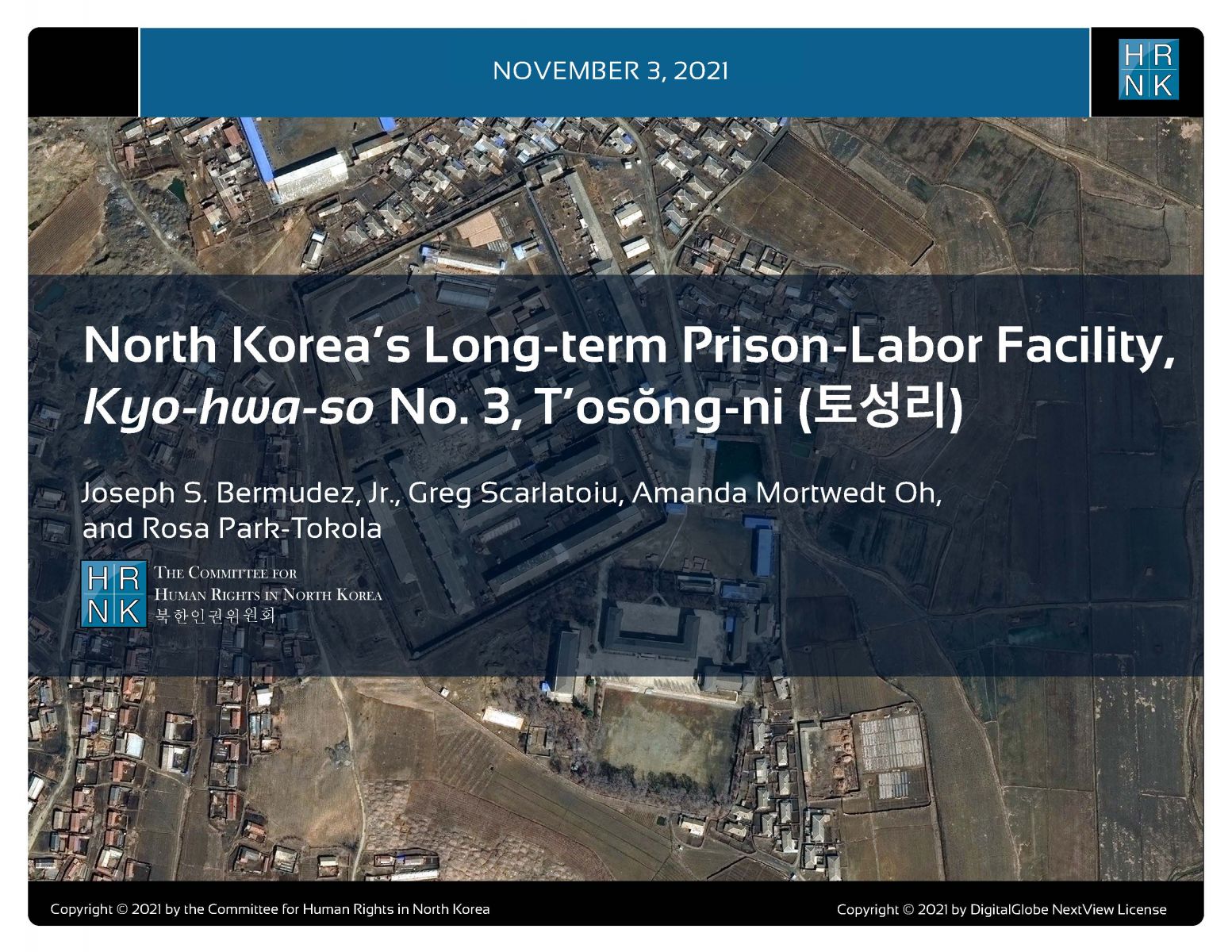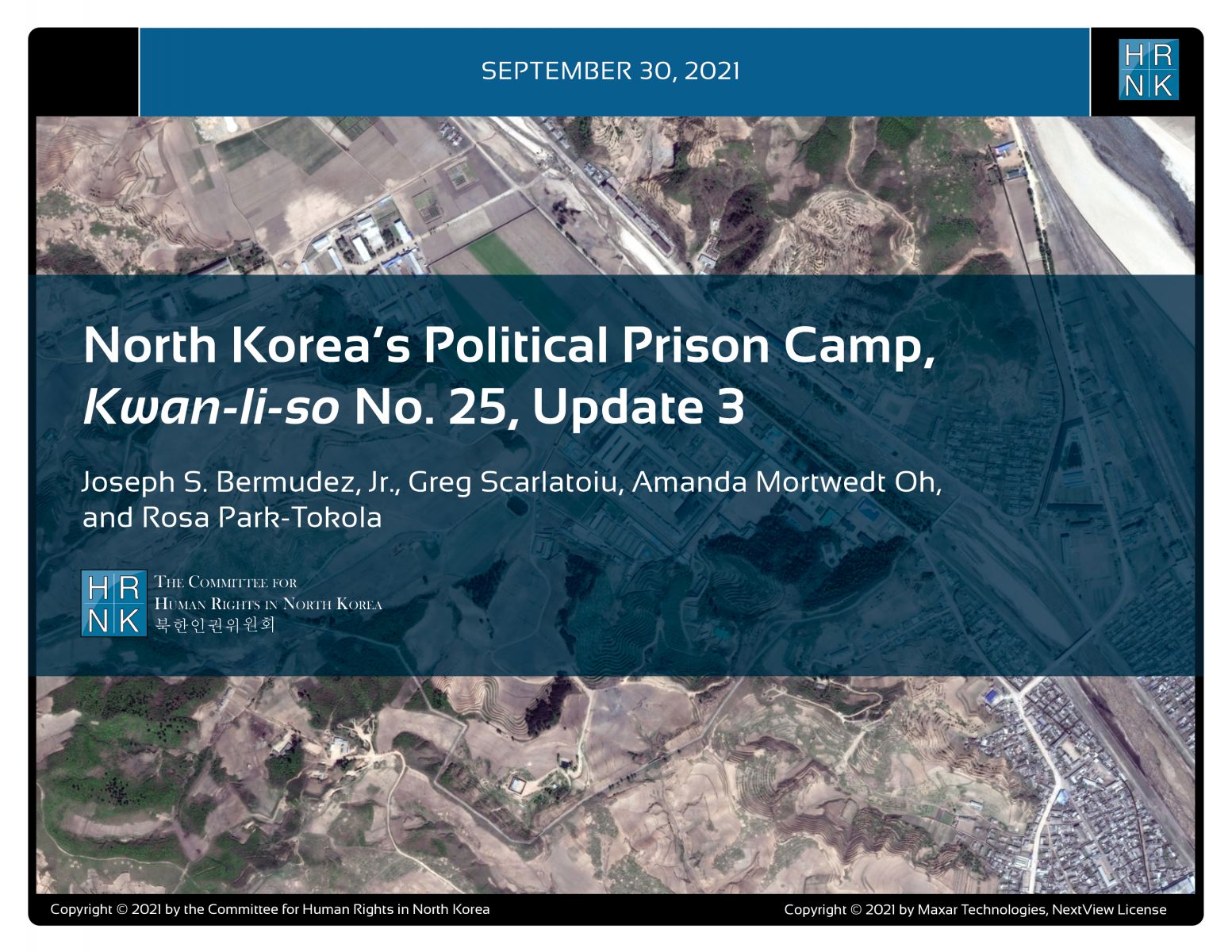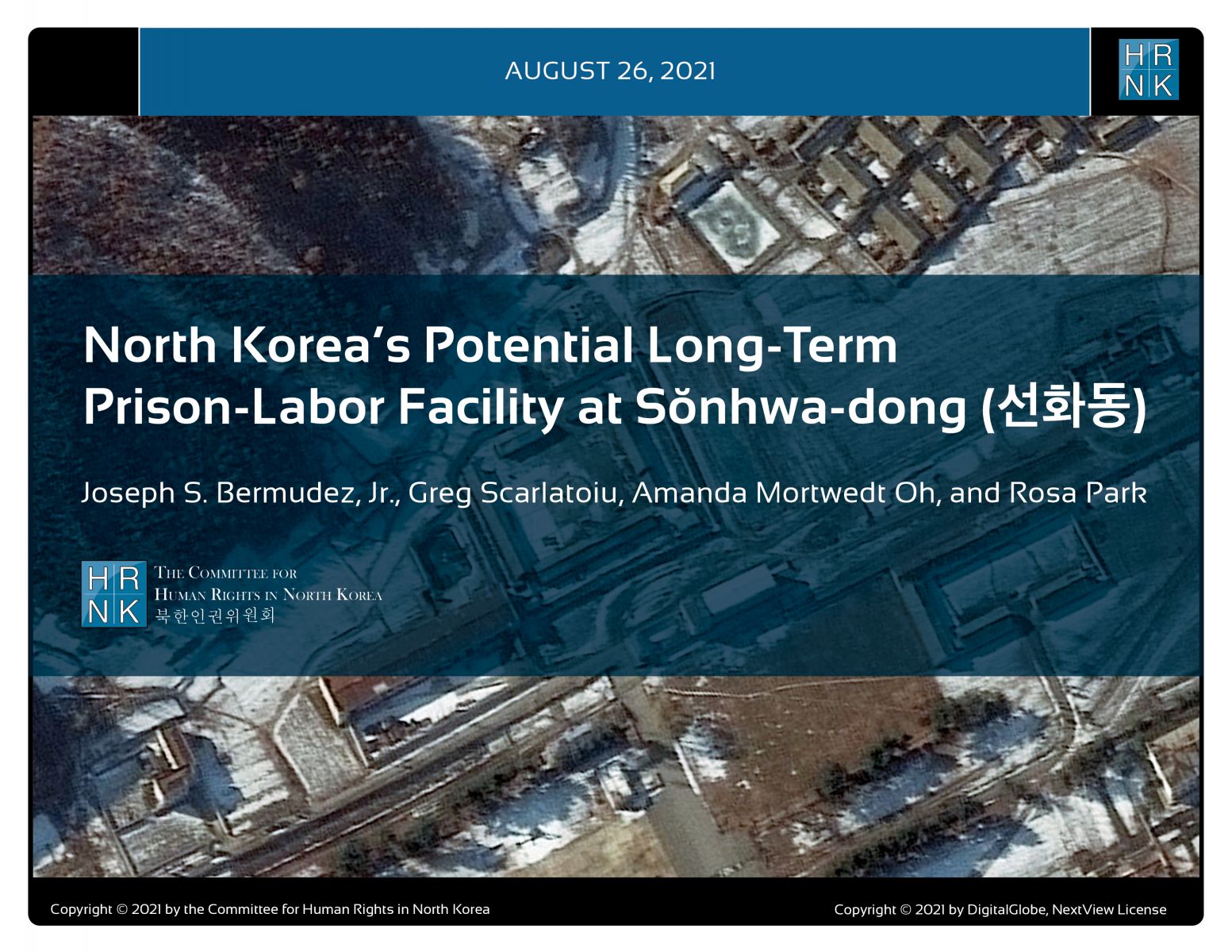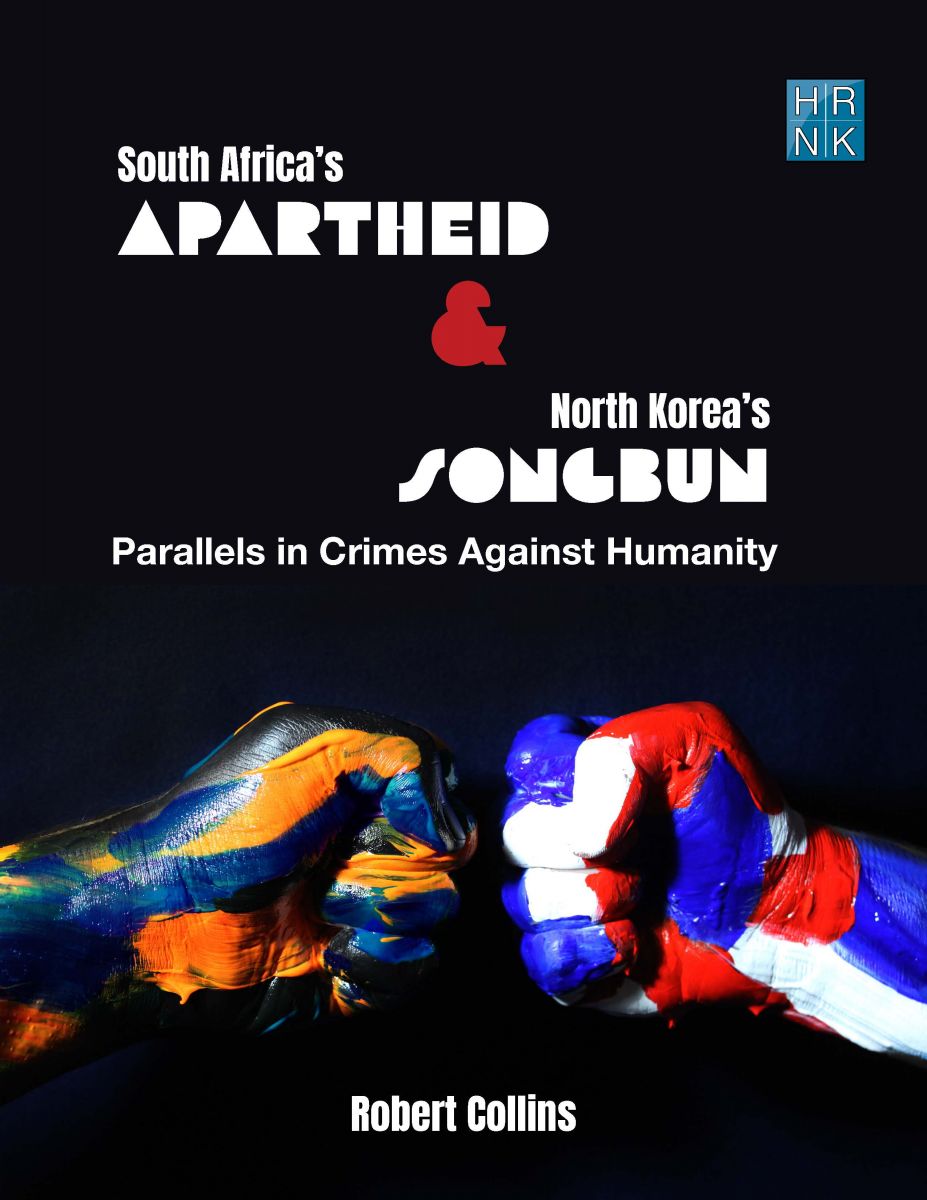Report confirms prison labor, including pig production, for officials of the Ministry of Social Security (MSS). Report identifies a “flower hill,” where prisoners are reportedly buried, attesting to a lethal nexus of malnutrition, forced labor, and abuse. Report urges North Korea to uphold its Universal Periodic Review commitments and “grant immediate, free and unimpeded access to international humanitarian organizations to provide assistance to the most vulnerable groups, including prisoners.”
North Korea’s Chŭngsan No. 11 Detention Facility is available on HRNK’s website here.
The report will be featured through an HRNK Zoom event on Monday, December 21, 2020 at 4:00 p.m. EST. The Zoom link is available at https://zoom.us/j/97903944732.
The Committee for Human Rights in North Korea (HRNK), a non-governmental organization (NGO) based in Washington, D.C., has launched a report entitled North Korea’s Chŭngsan No. 11 Detention Facility. The report features never-before-seen satellite imagery of the camp. The combination of satellite imagery analysis of the facility and former prisoner interviews indicates that the Chŭngsan No. 11 Detention Facility uses forced prison labor to conduct agricultural activities, livestock production (primarily pigs), and salt harvesting. The report finds that prisoners die in detention due to forced labor combined with malnutrition and abuse. This is the first known satellite imagery report of the Chŭngsan No. 11 Detention Facility and includes over 100 pages of analysis with imagery from 1975 to 2020.
HRNK Senior Satellite Imagery Analyst and principal report author Joseph S. Bermudez, Jr. observed, “The Chŭngsan No. 11 Detention Facility is unique among North Korea’s notorious prisons not only for its length of service but for a combination of its dispersed organization and the reportedly high death rate due to malnutrition and brutality. Its inmates are directly tasked with providing meat, fish, and salt to the power-holding elite in Pyongyang—the very group that imprisoned them.”
Chŭngsan No. 11 Detention Facility is a large, dispersed operational detention facility in Chŭngsan County, South P’yŏngan Province. There are at least 14 discrete, walled detainee divisions holding an estimated 1,500 to 2,000 prisoners in total. While the precise date of establishment of Chŭngsan No. 11 Detention Facility is unknown, declassified imagery from December 29, 1975 shows the presence of facilities likely to have been used as a prison at that time—showing that this prison facility has been in existence for at least forty-five years.
Run by the South P’yŏngan Provincial Bureau under the Prisons Bureau of the Ministry of People’s Security (reportedly now the Ministry of Social Security), the Chŭngsan No. 11 Detention Facility’s headquarters is located in Yongdŏng-ri, Chŭngsan County, South P’yŏngan Province, on the west coast of North Korea along the West Sea. It is approximately 39 kilometers west-northwest of the capital city of P’yŏngyang. The detention facility consists of a headquarters, at least 14 distinct detainee divisions, and two to three support facilities. In addition, the organization of the detention facility includes four Korean People’s Army bases or paramilitary reserve bases and the Sinsŏng-ri Fishery Station. Chŭngsan No. 11 Detention Facility encompasses approximately 12.98 square kilometers (4.98 square miles) and is 4.88 by 4.16 kilometers (3.03 by 2.58 miles) in size.
Due to varying reports of changes in the prison over the last 20 years or longer, HRNK is presently unable to classify the type of prison facility that best characterizes Chŭngsan No. 11 Detention Facility. Based on former prisoner testimony, it is highly probable that Chŭngsan No. 11 Detention Facility is either a re-education through forced labor camp (kyo-hwa-so) or the base for a short-term mobile labor brigade/labor detention center (ro-dong-dan-ryeon-dae). In addition, it is unconfirmed whether Chŭngsan No. 11 Detention Facility imprisons only women or both men and women because of conflicting reports. Nevertheless, former prisoner testimony corroborates a common, but chilling depiction of prisoner abuse at this facility.
A former prisoner stated that because of the extremely harsh conditions and treatment within the camp, an estimated 2,000 prisoners died or were executed each year during the early 2000s. Due to the high death rate, the prison population fluctuated constantly. The former prisoner went on to state:
“Bodies are usually buried without tombstones or signs. They would just put a paper with the name of the deceased and the date of death in a medicine bottle … When someone dies, they are temporarily buried in a small mountain right behind the hospital. Authorities of the camp chose this mountain to bury the bodies … People call this mountain the ‘flower mountain’ [identified in satellite imagery as the hill west and northwest of the hospital] because azalea blooms every spring and covers the entire mountain. The buried bodies act as natural fertilizer and help the flower trees to bloom.”
HRNK Executive Director Greg Scarlatoiu urged that officials responsible for Chŭngsan No. 11 Detention Facility’s operation be held accountable for human rights violations along the entire chain of command. Director Scarlatoiu stated, “The very presence of secret burial grounds and crematoria at camps scattered throughout the country indicates that the authorities assume and expect a high death rate in detention. Just like the Soviet GULAG, a camp such as No. 11 amalgamates economic exploitation of prisoners with the lethal nexus of forced labor and induced malnutrition. Seventy-two years after the Kim regime assumed power and 67 years after the death of Stalin, its cruelty is on par with the worst of Stalinist punitive practices.”
As Amanda Mortwedt Oh, HRNK human rights attorney, observed, “The Ministry of People’s Security’s top officials are sanctioned by the U.S. Treasury, including MPS Minister (General) Choi Pu-il and First Vice Minister (Colonel General) Ri Thae-chol, as well as MPS Correctional Bureau/Prison Bureau Director Choe Chang-pong and Counselor Ri Song-chol. This report provides a greater level of insight into the MPS’ command structure and organization at the detention facility level. Prison officials must make drastic reforms to end impunity among their ranks for human rights violations; however, this likely starts with an order from the top, that is Kim Jong-un.”
Report co-author Rosa Park stated that “Chŭngsan No. 11 Detention Facility particularly demonstrates the importance of HRNK’s satellite imagery analysis of North Korea’s prison facilities over the past eight years. The facility has changed drastically since the first known image taken in 1975. The international community must continue to diligently track the ongoing changes in North Korea’s prison facilities for, at the very least, the sake of future justice and accountability.”
The report calls on North Korea to “grant immediate, free and unimpeded access to international humanitarian organizations to provide assistance to the most vulnerable groups, including prisoners” as per Ireland’s May 2019 Universal Periodic Review recommendation, which North Korea supported.
Further, HRNK urges United Nations agencies and NGOs operating near Chŭngsan No. 11 Detention Facility to consider the vulnerability of prisoners inside this facility and incorporate a Human Rights Up Front approach when delivering humanitarian aid to North Koreans in need.
North Korea’s Chŭngsan Detention Facility No. 11 is available on HRNK’s website here.
Contact:
Greg Scarlatoiu, executive director
This is the first satellite imagery report by HRNK on a long-term political prison commonly identified by researchers and former detainees as Kwan-li-so No. 18 (Pukch'ang). This report was concurrently published on Tearline at https://www.tearline.mil/public_page/prison-camp-18.
To understand the challenges faced by the personnel who are involved in North Korea’s nuclear program, it is crucial to understand the recruitment, education, and training processes through the lens of human rights. This report offers a starting point toward that understanding. North Korea’s scientists and engineers are forced to work on the nuclear weapons program regardless of their own interests, preferences, or aspirations. These individuals may be described as “moder
In this submission, HRNK focuses its attention on the following issues in the DPRK: The status of the system of detention facilities, where a multitude of human rights violations are ongoing. The post-COVID human security and human rights status of North Korean women, with particular attention to sexual and gender-based violence (SGBV). The issue of Japanese abductees and South Korean prisoners of war (POWs), abductees, and unjust detainees.
This report provides an abbreviated update to our previous reports on a long-term political prison commonly identified by former prisoners and researchers as Kwan-li-so No. 25 by providing details of activity observed during 2021–2023. This report was originally published on Tearline at https://www.tearline.mil/public_page/prison-camp-25.
This report explains how the Kim regime organizes and implements its policy of human rights denial using the Propaganda and Agitation Department (PAD) to preserve and strengthen its monolithic system of control. The report also provides detailed background on the history of the PAD, as well as a human terrain map that details present and past PAD leadership.
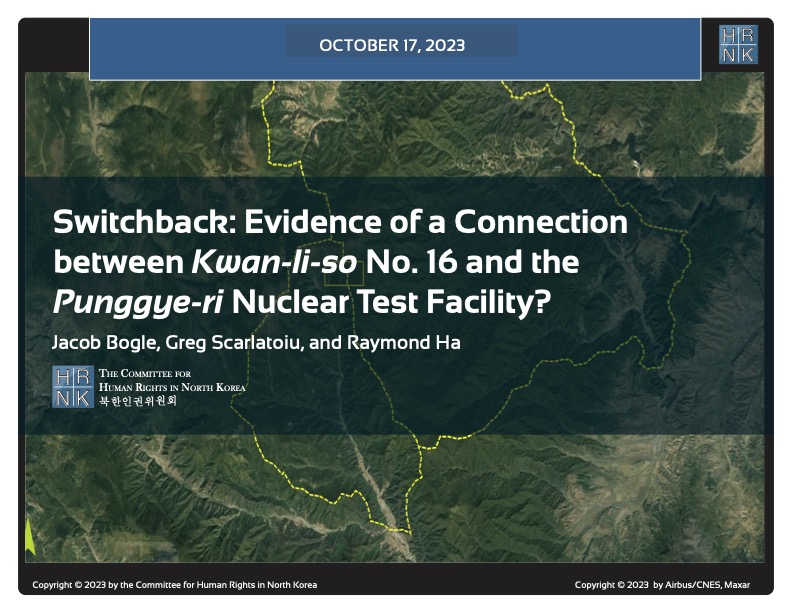
HRNK's latest satellite imagery report analyzes a 5.2 km-long switchback road, visible in commercial satellite imagery, that runs from Testing Tunnel No. 1 at North Korea's Punggye-ri nuclear test facility to the perimeter of Kwan-li-so (political prison camp) no. 16.
This report proposes a long-term, multilateral legal strategy, using existing United Nations resolutions and conventions, and U.S. statutes that are either codified or proposed in appended model legislation, to find, freeze, forfeit, and deposit the proceeds of the North Korean government's kleptocracy into international escrow. These funds would be available for limited, case-by-case disbursements to provide food and medical care for poor North Koreans, and--contingent upon Pyongyang's progress
For thirty years, U.S. North Korea policy have sacrificed human rights for the sake of addressing nuclear weapons. Both the North Korean nuclear and missile programs have thrived. Sidelining human rights to appease the North Korean regime is not the answer, but a fundamental flaw in U.S. policy. (Published by the National Institute for Public Policy)
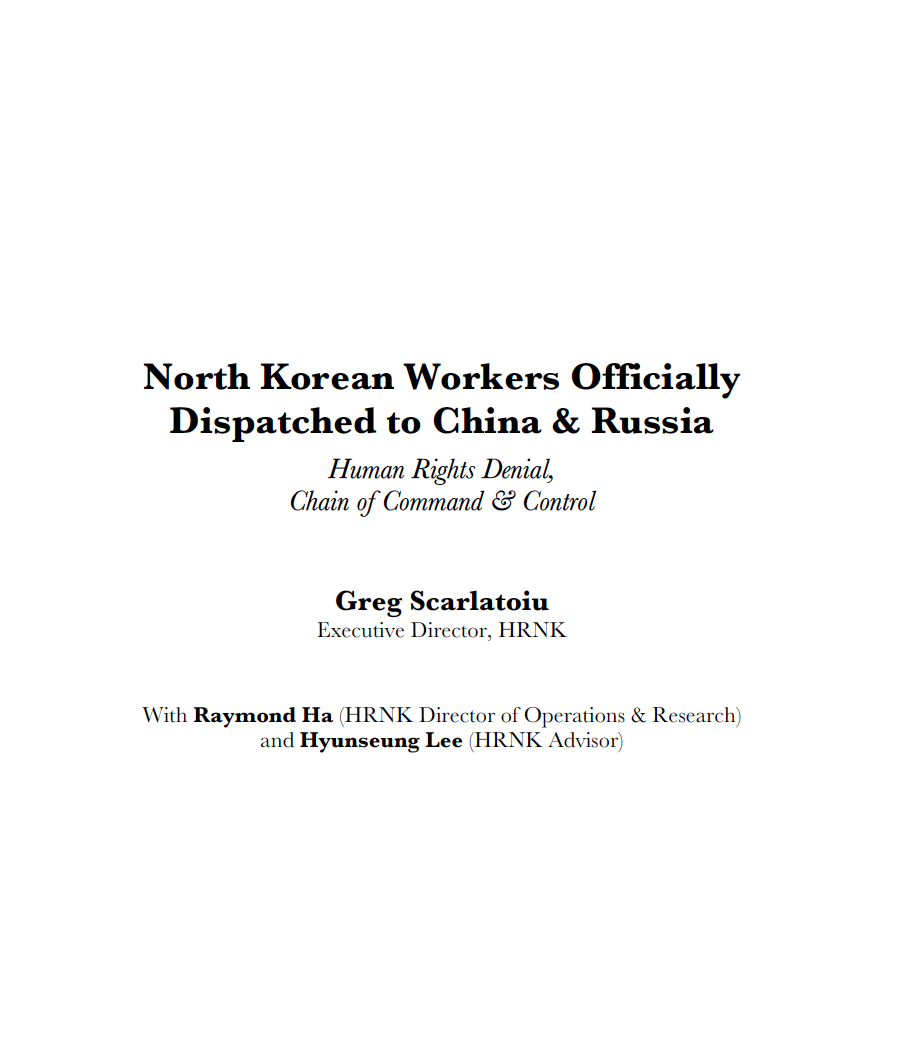
North Korea’s forced labor enterprise and its state sponsorship of human trafficking certainly continued until the onset of the COVID pandemic. HRNK has endeavored to determine if North Korean entities responsible for exporting workers to China and Russia continued their activities under COVID as well.
George Hutchinson's The Suryong, the Soldier, and Information in the KPA is the second of three building blocks of a multi-year HRNK project to examine North Korea's information environment. Hutchinson's thoroughly researched and sourced report addresses the circulation of information within the Korean People's Army (KPA). Understanding how KPA soldiers receive their information is needed to prepare information campaigns while taking into account all possible contingenc
This report is part of a comprehensive long-term project undertaken by HRNK to use satellite imagery and former prisoner interviews to shed light on human suffering in North Korea by monitoring activity at political prison facilities throughout the nation. This is the second HRNK satellite imagery report detailing activity observed during 2015 to 2021 at a prison facility commonly identified by former prisoners and researchers as “Kwan-li-so No. 14 Kaech’ŏn” (39.646810, 126.117058) and
This report is part of a comprehensive long-term project undertaken by HRNK to use satellite imagery and former prisoner interviews to shed light on human suffering in North Korea by monitoring activity at civil and political prison facilities throughout the nation. This study details activity observed during 1968–1977 and 2002–2021 at a prison facility commonly identified by former prisoners and researchers as "Kyo-hwa-so No. 3, T'osŏng-ni" and endeavors to e
This report is part of a comprehensive long-term project undertaken by HRNK to use satellite imagery and former detainee interviews to shed light on human suffering in the Democratic People’s Republic of Korea (DPRK, more commonly known as North Korea) by monitoring activity at political prison facilities throughout the nation. This report provides an abbreviated update to our previous reports on a long-term political prison commonly identified by former prisoners and researchers as Kwan-li-so
Through satellite imagery analysis and witness testimony, HRNK has identified a previously unknown potential kyo-hwa-so long-term prison-labor facility at Sŏnhwa-dong (선화동) P’ihyŏn-gun, P’yŏngan-bukto, North Korea. While this facility appears to be operational and well maintained, further imagery analysis and witness testimony collection will be necessary in order to irrefutably confirm that Sŏnhwa-dong is a kyo-hwa-so.
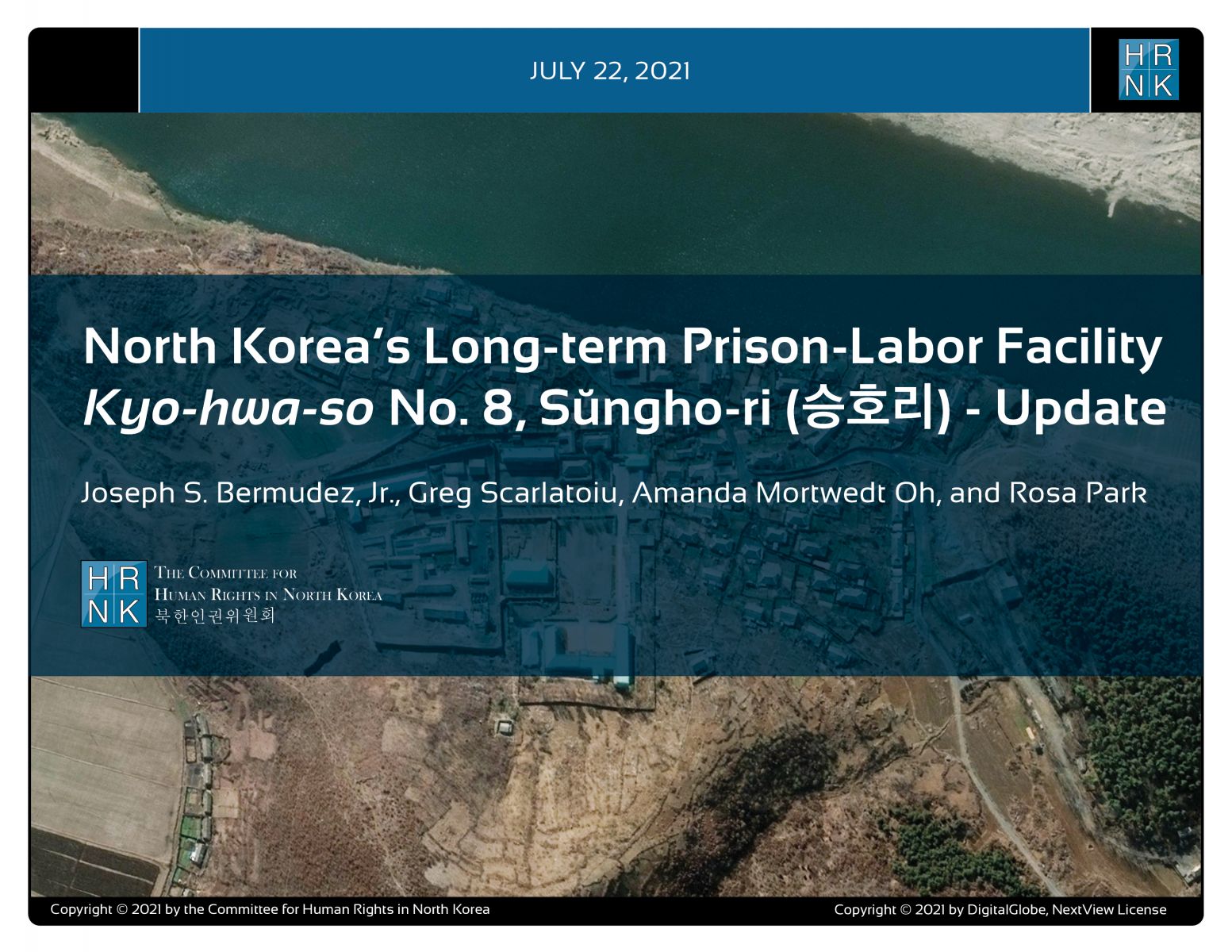
"North Korea’s Long-term Prison-Labor Facility Kyo-hwa-so No. 8, Sŭngho-ri (승호리) - Update" is the latest report under a long-term project employing satellite imagery analysis and former political prisoner testimony to shed light on human suffering in North Korea's prison camps.
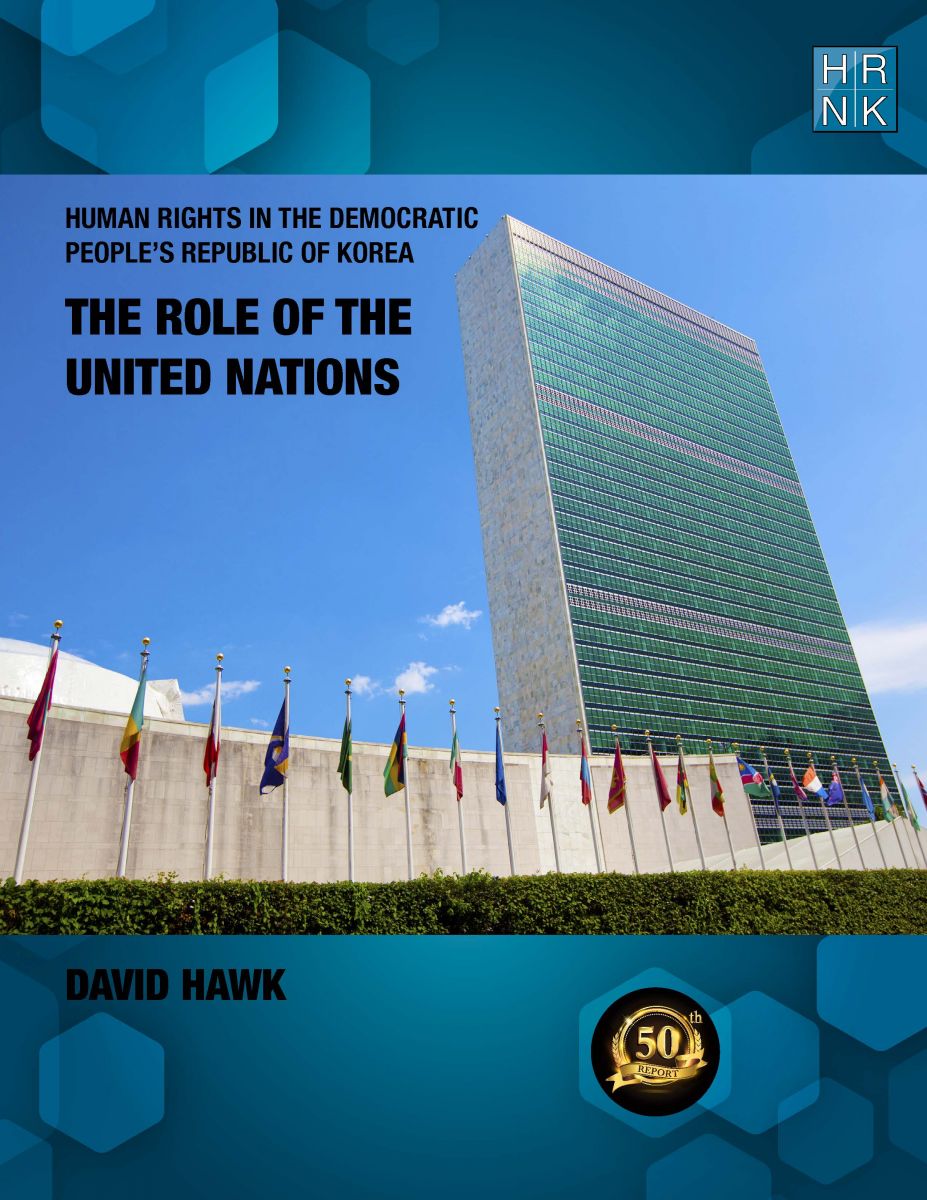
Human Rights in the Democratic Republic of Korea: The Role of the United Nations" is HRNK's 50th report in our 20-year history. This is even more meaningful as David Hawk's "Hidden Gulag" (2003) was the first report published by HRNK. In his latest report, Hawk details efforts by many UN member states and by the UN’s committees, projects and procedures to promote and protect human rights in the DPRK. The report highlights North Korea’s shifts in its approach
South Africa’s Apartheid and North Korea’s Songbun: Parallels in Crimes against Humanity by Robert Collins underlines similarities between two systematically, deliberately, and thoroughly discriminatory repressive systems. This project began with expert testimony Collins submitted as part of a joint investigation and documentation project scrutinizing human rights violations committed at North Korea’s short-term detention facilities, conducted by the Committee for Human Rights

